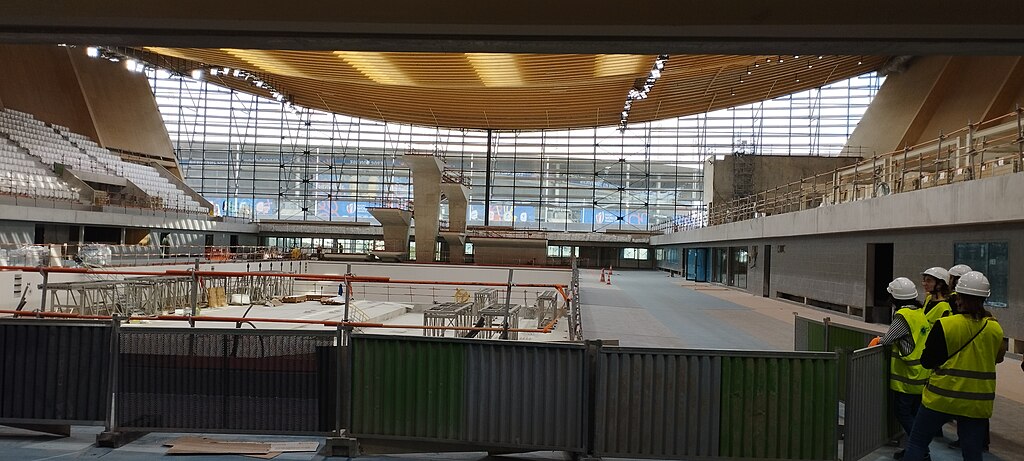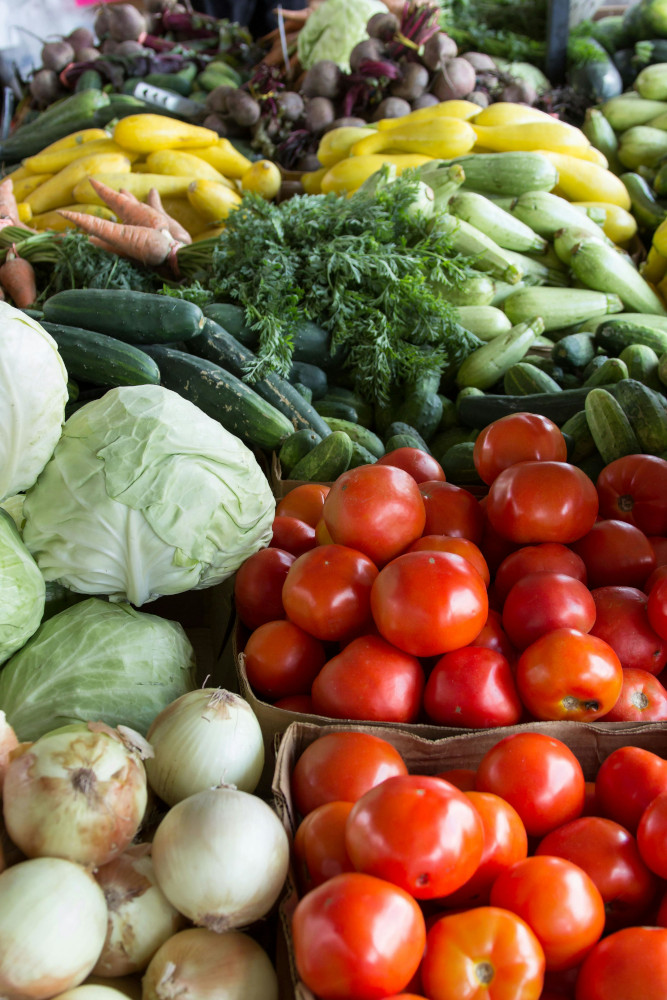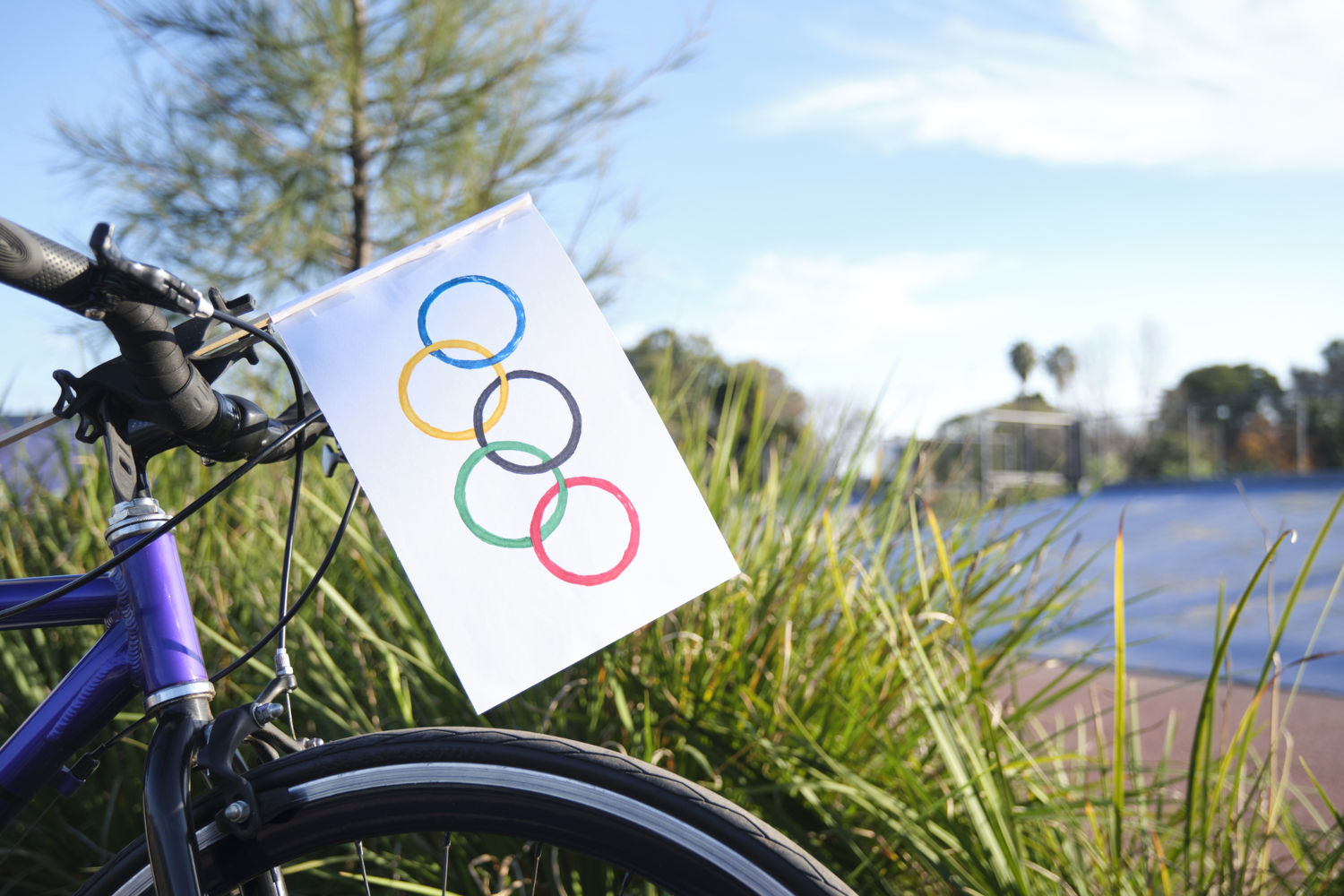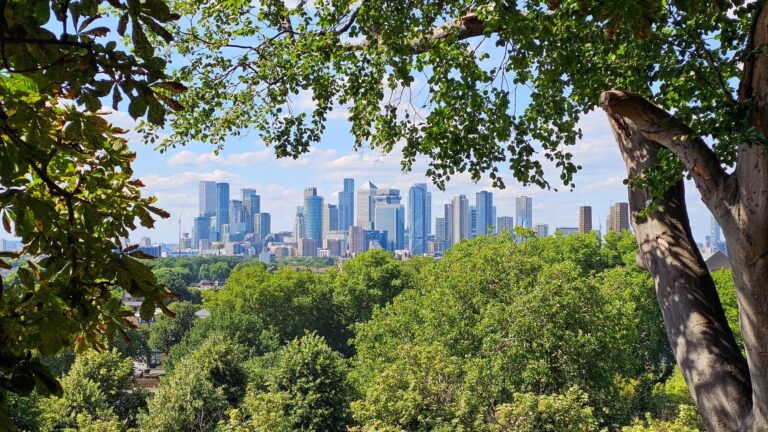Let the Games Begin
The city of Paris is putting together the final preparations for the Olympic Games. Yet the work to bring you the greenest games so far started a long time ago.
The organising committee of Paris 2024 has vowed to make it the greenest Games in Olympic history. This is a bold claim, but if they are able to pull it off, they could set a new standard for future sporting events. Let’s dive into 4 key areas of their commitments and understand what is achievable and what may be difficult for other events to replicate:
1. To Build or Not to Build?
Unlike many Olympic Games of the past, Paris has adopted a pre-event carbon budget. In the past, calculating an event’s emissions would have been done after the event, which in some instances, has led to some creative retrospective carbon accounting. This year, the Paris Olympic Committee has set the goal of having at least 50% fewer carbon emissions than previous events. As a result, the carbon emissions are forecasted to be below 1.75 million teqCO2. This is striking, especially when we consider the fact that recent editions of the Games had an average carbon footprint of 3.5 million tonnes of CO2.
Their pre-event budget is easier to calculate as the organisers are committed to having 95% of its stadiums as either existing or temporary structures. As 25% of emissions from previous Olympics come from the built environment, this is a huge saving opportunity that not all sporting hosts have the luxury of adopting. Think back to the Qatar World Cup 2022 where 7 of the 8 stadiums were built brand-new. So, although Paris 2024 will be able to demonstrate a low-carbon event due to their existing infrastructure, it will not be a recipe that can be replicated in other less developed host countries for example.

The Olympic Aquatics Centre newly built for Paris 2024. (Photo: Claude Villetaneuse / License)
2. Material Footprint
One area they could demonstrate best practice is in their ‘materials footprint’. This means (in theory) evaluating and specifying materials for each building and product to have the lowest environmental impact. For example, in the Parisien Aquatics Centre, wood is the primary material used, in line with the French sustainability law that requires all new buildings to be built from at least 50% timber. Beyond that, heat from local data centres is being captured and re-used to heat the swimming pool via the use of district energy systems.
There is also coffee tables made from Badminton shuttlecocks, bean bags made from parachute fabric, or chairs made from recycled bottle caps. Paris has also adopted a 100% second-life policy for all 620,000 items used to furnish the venues and accommodation. Adopting new policies specifically for more sustainable events is something that future games hosts can adopt with appropriate pre-planning.
The Olympic Aquatics Centre newly built for Paris 2024. (Photo: Arne Müseler / arne-mueseler.com / CC-BY-SA-3.0)
3. Tackling Transport
The biggest contributor to carbon emissions is transport, which is a hard nut to crack for any event. The Games have been structured to leverage an extensive existing public transport network that will provide a range of travel options for spectators to keep emissions down. They have also managed to convince 5 delegations from Belgium, Germany, the Netherlands, Switzerland and the UK to travel by train. These are gains that can only be reaped by hosting the Games in a well-developed city, but it will be difficult for future Olympics to replicate this where substantial transport infrastructure do not already exist.
New transport options have been introduced such as the extension of accessible cycle lanes or the official Olympic fleet travelling primarily by electric and hydrogen-powered trucks. The Olympics will apparently run off 100% renewable energy, sourced first and foremost from France’s low carbon nuclear powered grid, then through wind and solar farms. As another layer of low carbon security, the Games will apparently run off back-up generators of hydrogen, biofuels or batteries, where renewables fail to deliver. This is a very advanced standard for powering large sporting events but only one that can be achieved if the hosting city has a low-emission, nuclear-heavy grid available.
4. Sustainability on the Plate
Doubling the supply of plant-based food compared to previous Games and sourcing 80% of food from France will aim to keep the carbon footprint of each meal down to 1kg of CO2 eq per meal. Due to the quality and range of plant-based foods now available, this is a great way to reduce emissions from hungry spectators, which could be replicated in future Games. If even the French are swapping Coq au vin and steak frites for plant-based options, then so can other future host countries.
Having locally sourced food is likely to be the most effective part of their low carbon food strategy. However, this will totally depend on the local agriculture production capabilities and how globalised the host’s food system is. France benefits from being a substantial agricultural market and is a big player in the broader food industry, and so locally sourced food for Paris 2024 should be a given. Whether this can be achieved on the same scale for future Games will be very debatable.

A Head Start
Paris 2024 will likely be a significant sustainability success by delivering the greenest games yet. The innovation and technologies introduced are impressive and will provide a good blueprint for future Games to follow. This will help in spreading the message of sustainability for the hundreds of millions of viewers around the world and, we hope, help pass the torch to future events to step up and challenge Paris for the title of the greenest Games.
You may have noticed a theme with each ‘green’ effort. The pre-existing infrastructure and underlying low carbon grid gives Paris 2024 a huge head start. The expectation that other events can achieve what these Games have without the same basic infrastructure and willingness to spend is in all honesty a delusion that we must not indulge. Instead, the events industry need to follow a robust and measurable standard that compares fairly. By having clear guidelines on how an event carbon footprint should be measured and then reduced will mean everyone can compete fairly, and credit can be awarded where it is due.
Ethan Baddeliyanage, Sustainability and Carbon Footprint Consultant
Ethan is a Carbon Footprint Consultant at Eight Versa. He specialises in carbon footprint calculations and analysis. His experience stems from working in the public sector within the food industry, developing carbon footprint analysis and carbon reduction strategies for a range of clients. Ethan is an expert at understanding an organisation’s emission sources and quantifying these, the results of which are key to informing the sustainability strategy and identifying areas for reducing.






